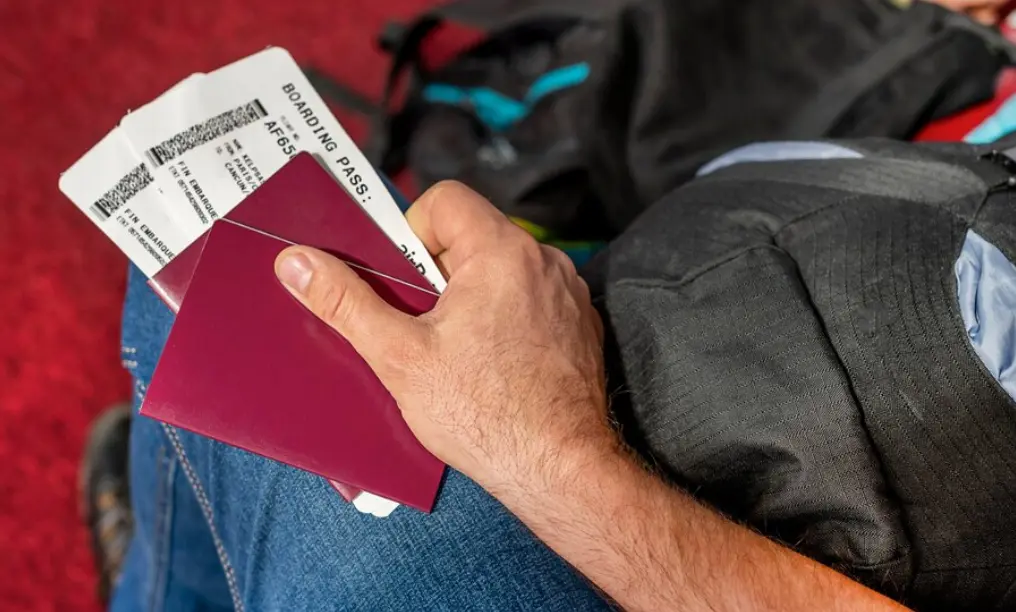Navigating New Horizons in Canadian Immigration

Discover the intricacies of Canada's Provincial Nominee Program in 2025 and learn how to navigate post-PR mobility with confidence
On This Page, You Will Find:
- A Fresh Look at Canada's Provincial Nominee Program in 2025
- Navigating the PNP Application Process
- Legal Insights on Post-PR Mobility
- Understanding Risks of Moving Provinces
- Justifiable Reasons for Relocation
A Fresh Look at Canada's Provincial Nominee Program in 2025
Canada's Provincial Nominee Program (PNP) has become a vital channel for immigrants aiming to settle in Canada. As of 2025, the program has undergone significant changes, including a reduced federal allocation, which now stands at 55,000 nominations annually—down from 110,000 in 2024. This shift is part of the government's broader immigration strategy for 2025-2027, making it crucial for candidates to align their skills with provincial demands. Provinces now prioritize sectors like healthcare, construction, and technology, with British Columbia focusing on health professionals and entrepreneurs, offering 4,000 nominations.
Navigating the PNP Application Process
Embarking on the PNP journey involves meticulous navigation through several steps, tailored to either Express Entry-aligned or base streams.
Checking Your Eligibility
Start by reviewing the eligibility requirements for your desired province, ensuring alignment with one of the Express Entry programs if applicable. Each province has its own criteria, including work experience and language proficiency.
Applying for a Provincial Nomination
-
Express Entry Stream: Express your interest in specific provinces through your profile. If invited, provide documentation such as proof of intent and language results.
-
Base Stream: Apply directly to the province via their online portal. For instance, Yukon's intake begins on January 29, 2025, with specific caps.
Accepting the Nomination
Once nominated, accept within 30 days to gain 600 additional CRS points, boosting your chances for a PR invitation. Base stream nominations lead to a federal PR application.
Applying for Permanent Residence
-
Express Entry Applicants: Submit your PR application within 60 days, including necessary exams and checks. Processing typically takes six months.
-
Base Stream Applicants: The process might extend to 12-18 months via paper or online.
Completing Your PR Landing
Arrive and settle in your nominating province, taking note of any registration requirements. Virtual landing options are available for existing residents.
Legal Insights on Post-PR Mobility
PR holders have mobility rights under the Canadian Charter, allowing them to reside anywhere in Canada. However, PNP nominees must show genuine intent to settle in the nominating province to avoid misrepresentation allegations.
Understanding Risks of Moving Provinces
Nomination Expectations: Provinces expect nominees to contribute to their economies. Moving prematurely may imply misrepresentation.
Misrepresentation Consequences: Suspicions of false intentions could lead to investigations, PR revocation, deportation, or re-entry bans.
Provincial Oversight: Provinces like Ontario and British Columbia monitor nominees through employment and residency data, enhancing scrutiny due to limited nominations.
Recommended Residency Duration
While there's no strict law on minimum residency post-PR, a reasonable stay can demonstrate intent:
- Short Duration (1-2 Months): Risky if moving immediately after receiving your PR card.
- Moderate Duration (6-12 Months): Engaging in local employment and activities strengthens your case.
- Extended Duration (1-2 Years): This meets the 730-day PR obligation and is generally seen as sufficient intent.
Justifiable Reasons for Relocation
Certain situations may justify moving and protect against misrepresentation claims:
- Employment Difficulties: If unable to secure a job in your field within 3-6 months.
- Superior Opportunities: A better job elsewhere that aligns with your expertise.
- Family Needs: Moving to join a spouse or family.
- Health or Education: Essential medical care or education not available in the initial province.
Conclusion
Navigating the nuances of post-PR mobility under the 2025 PNP landscape is crucial for immigrants. By showing a genuine intent to settle, honoring provincial commitments, and documenting valid reasons for relocation, PR holders can successfully integrate into Canadian life. This strategic approach not only respects the nomination process but also ensures a rewarding experience in Canada.
